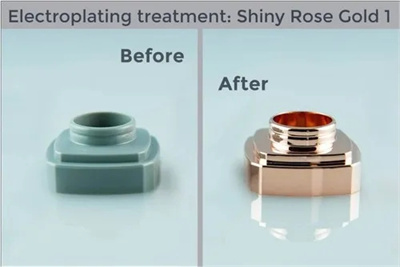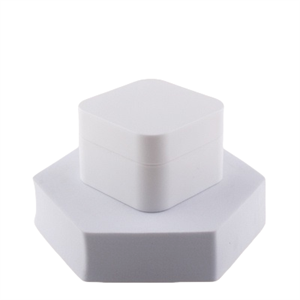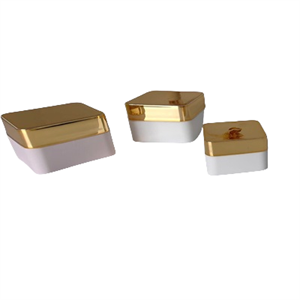Can you electroplate on plastic?
October 30, 2024
The scientific and rational method of electroplating plastic parts involves covering the plastic surface with a layer of metal, which not only significantly enhances the aesthetic texture of the plastic parts but also improves their conductivity, corrosion resistance, and wear resistance.

The wide application of this innovative electroplating technology provides more possibilities for the use of plastic products in various fields. Before electroplating plastic parts, surface preparation is a crucial step. Due to the porous and non-conductive nature of plastic surfaces, direct electroplating often fails to achieve the desired results. Therefore, a series of surface treatment steps, such as cleaning, roughening, sensitization, and activation, must be carried out to ensure that the metal layer can firmly adhere to the plastic surface.
Next comes the selection of the appropriate electroplating process. Different plastic materials, uses, and the properties of the required metal layer will have different requirements for the electroplating process. Common electroplating processes for plastics currently include chemical copper plating, electroplating copper, electroplating nickel, and electroplating chrome. Choosing the right electroplating process can ensure a stronger bond between the metal layer and the plastic substrate, while achieving better appearance and performance.
During the electroplating process, control of electroplating parameters is also crucial. Parameters such as the composition of the electroplating solution, temperature, current density, and time will directly affect the quality indicators such as the thickness, uniformity, and adhesion of the metal layer. Therefore, these parameters must be strictly controlled to ensure high-quality plastic electroplating parts.
After electroplating is completed, post-treatment steps are essential. Through processes such as cleaning, drying, and passivation, the corrosion resistance and appearance quality of the metal layer can be improved, and its bonding strength with the plastic substrate can be enhanced, thereby improving the overall performance and reliability of the product. In practical applications, it is necessary to choose appropriate post-treatment steps and parameters based on specific process requirements and product needs to ensure the stability and reliability of product quality and performance.
Take our Plastic Cosmetic Jars as an example.



In summary, to achieve high-quality plastic electroplating parts, it is necessary to follow scientific and rational methods for electroplating plastic parts, taking into account multiple factors, including surface preparation, selection of electroplating processes, control of electroplating parameters, and post-treatment steps. Only by addressing all these aspects can the electroplating effect of plastic parts be achieved as expected.
